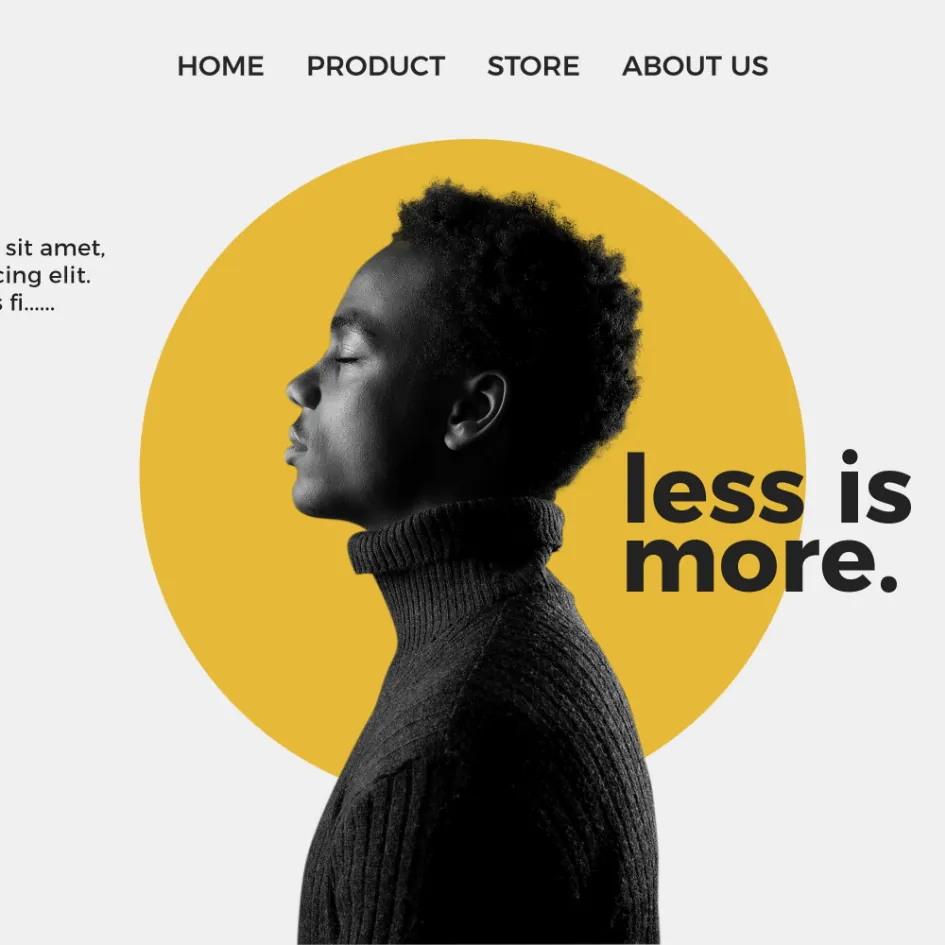ChoreUnity — a new multi-vendor commerce platform aimed at enabling companies and brands to sell products, build their brand presence and connect with a wide audience. (Website: https://choreunity.in/)
Their objective: create a robust, scalable online marketplace where multiple vendors can list products, manage their own storefronts, and build their brand through the platform.
Partner / Service Provider
Tech Support — a technology solutions company engaged by ChoreUnity to architect, design and develop the marketplace platform from the ground up.




Project Background
ChoreUnity approached Tech Support with the following context and needs:
- They needed a multi-vendor e-commerce solution (rather than a single seller model) so that many companies/brands could join as vendors and build their presence.
- Important features included vendor onboarding, vendor dashboards, product listing workflows, commission-management, seller branding, separation of storefronts, vendor analytics.
- They wanted a modern UI/UX, strong performance, mobile responsiveness, and future-ready architecture for scaling.
- The timeline was modest — they wanted to go live quickly to capture market momentum, yet not compromise on quality or vendor experience.
Key Challenges
Tech Support identified several major challenges:
- Vendor ecosystem complexity – Building a marketplace means handling multiple independent sellers, each with their own catalog, orders and branding, while maintaining a unified platform experience.
- Scalability & performance – As more vendors join and more products/listings get added, the system needs to remain performant and smooth for end-users.
- User experience – Both for buyers and for vendors: buyers expect seamless product discovery, checkout and post-purchase, whereas vendors expect easy onboarding, listing tools, analytics and brand control.
- Brand identity & differentiation – Even though the platform is shared, vendors should feel their individual brand identity is respected and visible.
- Operational workflows – Commission models, vendor payout management, vendor support, admin control for ChoreUnity, secure payments, vendor-to-vendor trust.
- Time-to-market – The platform had to be built and launched within a competitive window.
Solution & Approach
Tech Support’s approach comprised the following phases and deliverables:
1. Requirements & Architecture
- Conducted workshops with ChoreUnity to capture detailed functional and non-functional requirements (vendor flows, buyer flows, admin, dashboards).
- Designed a modular architecture that treats vendors as “mini-stores” inside the broader marketplace.
- Chose a technology stack optimized for performance, scalability and extensibility (e.g., modern front-end, API-first backend, micro-services or modular monolith depending on size).
- Defined database models for vendors, products, orders, commissions, payouts, analytics.
- Built a roadmap for MVP (minimum viable product) plus roadmap for future iterations (e.g., mobile apps, advanced analytics, AI-driven recommendations).
2. UX/UI Design
- Created vendor-centric dashboards: listing products, tracking orders, managing inventory, viewing analytics, branding storefront.
- Designed buyer-centric flows: search & filter across multiple vendors, vendor store pages, product detail pages, seamless checkout, reviews & ratings.
- Ensured mobile-first responsive design for access via smartphones (important for Indian market).
- Wire-frames → high-fidelity designs → UI prototyping to validate usability.
3. Development & Integration
- Implemented marketplace backend: vendor registration, product listing workflows, commission engine, order management, vendor payout processing.
- Developed frontend: public marketplace site, vendor admin portal, ChoreUnity admin interface.
- Integrated payment gateways, shipping/courier APIs, vendor communication modules.
- Built branding features: vendors can set up individual storefronts under ChoreUnity’s umbrella but maintain brand identity (logos, banners, “about us”, vendor policies).
- Developed analytics modules: vendors can view sales, traffic, product performance; ChoreUnity admin can monitor overall marketplace health, vendor performance, vendor churn.
- Implemented security, performance optimisation (caching, CDNs, scalable hosting), test automation, QA.
4. Testing & Deployment
- Performed functional, integration, performance and security testing.
- Conducted vendor-onboarding pilot: a small set of vendors onboarded to test workflows and surface issues.
- Used feedback to refine UI/UX, workflows, onboarding flows.
- Deployed to production environment, ensured monitoring, logging, and vendor training/support documentation.
5. Post-Launch Support & Roadmap
- Provided hyper-care immediately post-launch to ensure vendor onboarding and customer transactions run smoothly.
- Set up vendor support process, ChoreUnity admin training, monthly check-ins.
- Defined future version roadmap: mobile apps, internationalisation, loyalty/points, advanced analytics, AI-driven recommendations.
Outcomes & Benefits
Thanks to Tech Support’s efforts, ChoreUnity achieved the following:
- Successful marketplace launch: The platform went live on schedule, with multiple vendors onboarded and listed products from day one.
- Vendor empowerment: Vendors now have their own dashboard, storefront branding and analytics capabilities — enabling them to build their own brand presence while leveraging the marketplace.
- Scalable architecture: The platform is designed to scale as the vendor base grows, enabling ChoreUnity to expand rapidly without major re-engineering.
- Enhanced buyer experience: Buyers enjoy unified discovery across many vendors, seamless checkout and workflow, leading to improved retention and conversions.
- Operational efficiency: ChoreUnity’s admin-dashboard provides clear visibility into vendor performance, commission flows and marketplace health — reducing manual effort and enabling data-driven decisions.
- Brand building: The multi-vendor model enables individual companies/brands to sell on ChoreUnity and build their brand identity — fulfilling ChoreUnity’s core mission.
- Foundation for growth: With the MVP in place and the roadmap defined, ChoreUnity is well-positioned for future enhancements (mobile app, loyalty programs, international expansion).
Key Learnings
- Building a marketplace requires balancing vendor autonomy (their branding, product control, data) with platform consistency (user experience, marketplace brand).
- Early vendor onboarding pilots are invaluable to validate flows, surface issues and refine workflows before full-scale launch.
- Performance and scalability should be considered from the start — marketplaces grow in complexity rapidly.
- Vendor analytics and transparency foster vendor trust and engagement, which in turn helps marketplace growth.
- Post-launch support and vendor training are critical: even a technically perfect platform can falter if vendors aren’t supported.
- A clear roadmap beyond the MVP helps keep momentum and stakeholder confidence.
